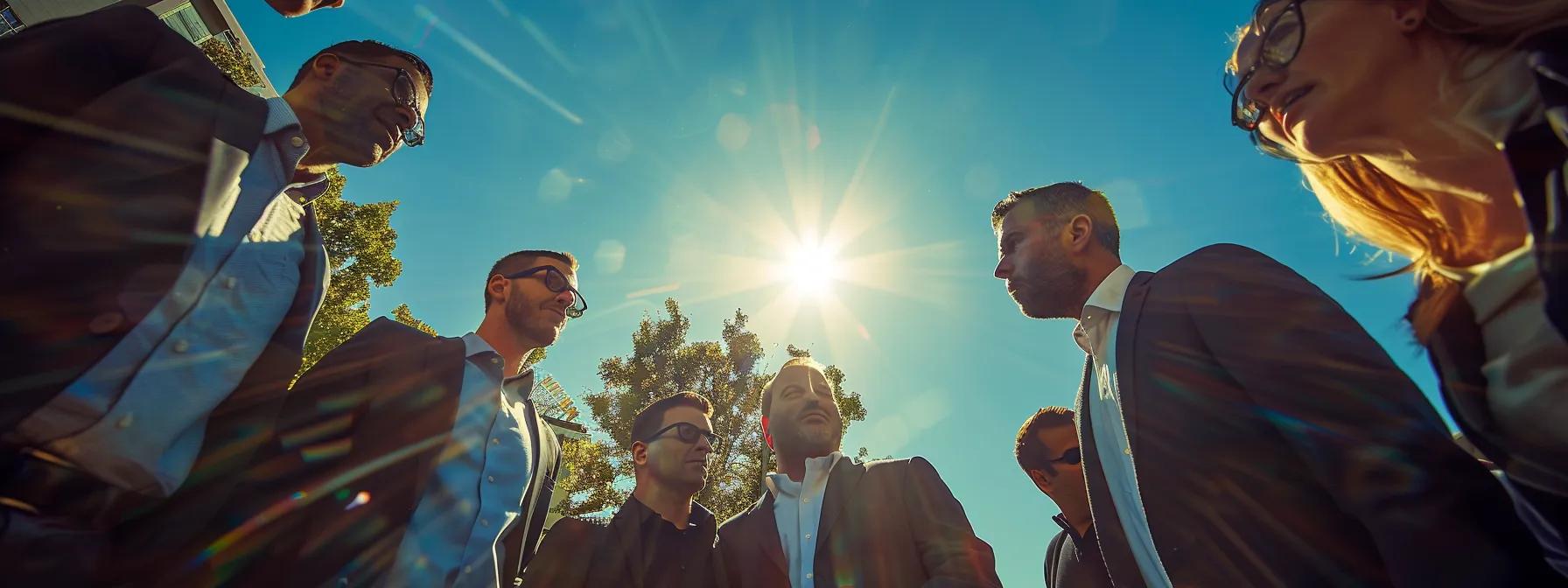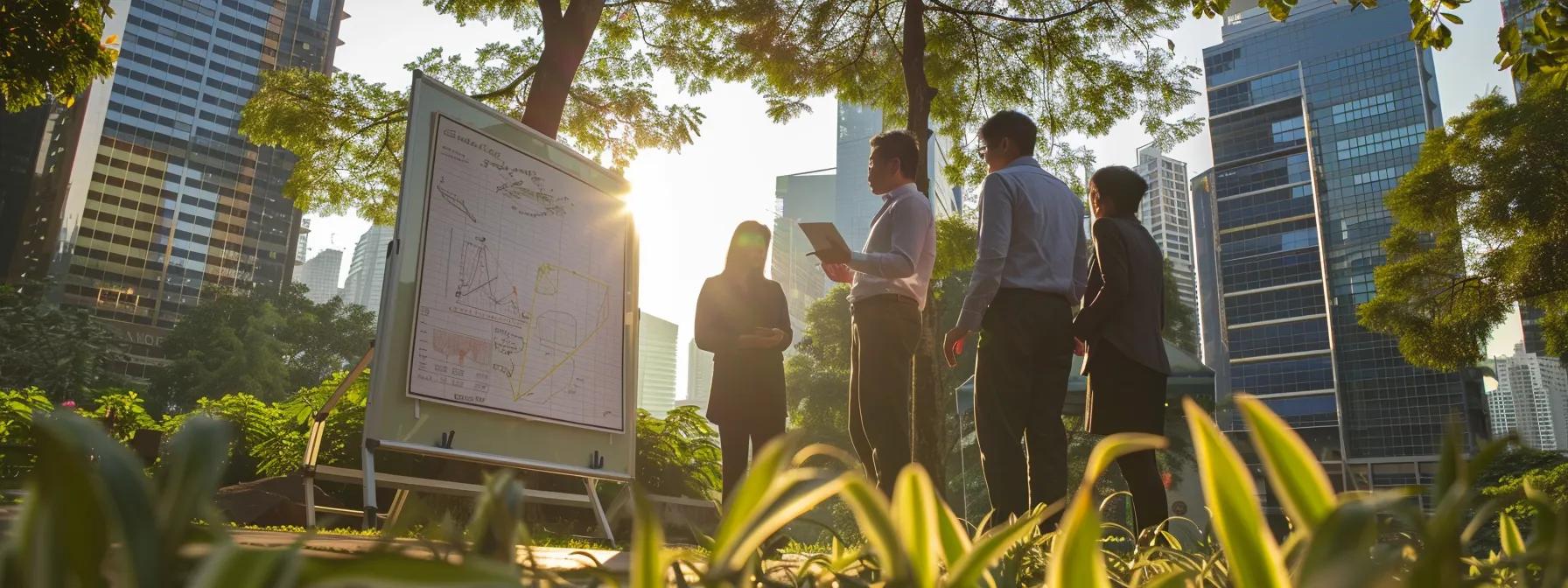Outdoor team building exercises are strategic activities that improve corporate success by enhancing teamwork, communication, and problem-solving in natural settings. They drive productivity, boost morale, and create an environment where employees feel valued and supported. Companies that invest in these activities benefit from improved leadership, cooperation, and long-term business success.
What Are Outdoor Team Building Exercises and Why Are They Important for Corporate Success?
Outdoor team building exercises are structured event rate activities held in open-air environments designed to unite employees, break down hierarchical barriers, and foster a culture of open communication. By encouraging collaboration and creative problem-solving in relaxed settings, these activities create a refreshed mindset and stronger interpersonal relationships that translate into improved decision-making and productivity.
How Do Outdoor Activities Improve Communication and Collaboration?
Removing employees from the confines of the office encourages dynamic, unstructured interactions. In natural settings, team members engage in dialogue, listen more intently, and share creative ideas. This environment helps participants express themselves clearly and respect diverse perspectives, which ultimately improves collaboration in the workplace.
What Skills Can Corporate Teams Develop Through Outdoor Exercises?
Outdoor exercises enhance key skills such as critical thinking, decision-making, and stress management. By facing physical and mental challenges, participants learn to adapt quickly, manage time efficiently, and support one another. These real-world conditions reveal individual strengths and areas for improvement, making team members better equipped for workplace challenges.
Why Is Employee Morale Enhanced by Outdoor Team Building?
Taking a break from routine work to engage in outdoor activities reduces stress and prevents burnout. Fun, challenging exercises boost morale by creating shared experiences and a sense of achievement among colleagues. This increased energy and commitment lead to stronger teamwork and a renewed focus on corporate goals.
What Are the Most Effective Types of Outdoor Team Building Activities?

The best outdoor team building exercises combine physical challenges with strategic problem-solving. They promote teamwork by encouraging participants to work together under time pressure and physical strain. These activities reveal leadership potential and are carefully planned to align with an organization’s culture, goals, and team dynamics.
How Do Scavenger Hunts Foster Teamwork and Problem-Solving?
Scavenger hunts require teams to quickly search for clues and complete challenges within a time limit. This activity demands rapid decision-making, creative problem-solving, and pooling of diverse skills. The process builds trust and encourages open communication while cultivating a spirit of friendly competition.
What Benefits Do Obstacle Courses Offer for Leadership Development?
Obstacle courses push teams to overcome both physical and mental challenges. As employees delegate tasks and motivate each other, natural leaders emerge. This environment demonstrates how effective leadership directs team success and provides insights into each member’s potential.
How Do Adventure Races Encourage Collaboration and Engagement?
Adventure races merge physical endurance with strategic challenges like map reading and puzzle solving. The diversity of tasks requires a high level of interdependence, teaching employees to combine their strengths. This collaborative approach builds mutual support and a sense of collective responsibility.
What Are Problem-Solving Challenges and Their Impact on Corporate Teams?
These challenges simulate real business obstacles, prompting teams to brainstorm and implement solutions under pressure. The skills learned are directly applicable to workplace situations, leading to faster conflict resolution, improved project management, and an agile operational mindset.
Which Outdoor Locations Are Best Suited for Corporate Team Building Exercises?
The environment of a team building event plays a crucial role in its success. Ideal outdoor locations offer diverse terrains that accommodate both physical and mental challenges, helping ensure that activities are engaging and beneficial while enhancing overall teamwork.
Why Are Parks Ideal for Versatile Team Building Activities?
Parks provide open spaces that are easily accessible and adaptable to numerous activities—from scavenger hunts to relay races. Their relaxed atmosphere reduces stress and fosters spontaneous interactions among participants, making them perfect for varied group sizes and fitness levels.
How Do Forest Settings Enhance Focus and Team Dynamics?
Forest environments reduce distractions by immersing teams in calm, natural surroundings. The serene backdrop stimulates adventure and deeper reflection, resulting in more thoughtful decision-making. This setting re-energizes employees and strengthens interpersonal bonds.
What Makes Beaches a Unique Venue for Outdoor Team Building?
Beaches offer wide-open spaces and a soothing natural ambiance that encourages both mental agility and physical balance. Activities such as beach volleyball or sandcastle challenges benefit from the relaxed yet dynamic environment, which reduces mental fatigue and sparks creativity.
How Can Mountain Locations Boost Physical and Mental Team Challenges?
Mountain settings provide strenuous conditions that test endurance and require strategic planning. The physical exertion and altitude stress compel teams to work intensively together, demonstrating resilience and adaptability that can directly address workplace challenges.
How Do You Choose the Right Outdoor Team Building Activities for Your Corporate Team?

Selecting the ideal outdoor activity requires balancing team characteristics, company goals, and practical considerations. Matching activities to the team’s fitness, communication style, and strategic objectives ensures that every participant is challenged and engaged, leading to measurable improvements in performance and satisfaction.
What Factors Should Influence Activity Selection by Team Size and Fitness Level?
Evaluating the physical abilities and interests of employees is essential. Larger teams may benefit from structured activities like relay races or scavenger hunts that break into smaller groups, while smaller teams might excel with personalized challenges that encourage deeper collaboration. Inclusion is vital for maximum participation.
How Do Company Objectives Shape the Choice of Team Building Exercises?
Corporate goals—whether to boost innovation, improve communication, or enhance leadership—should guide the selection of exercises. Activities that stimulate unconventional thinking or problem-solving can foster a culture of innovation, ensuring that team building efforts contribute directly to business outcomes.
What Role Do Expert Facilitators Play in Successful Outdoor Team Building?
Expert facilitators are key to designing and executing successful exercises. Their experience allows them to tailor activities to company needs and manage safety, flow, and debrief sessions. Skillful facilitation ensures that the learning outcomes are reinforced and that every participant benefits from the experience.
How Can You Measure the Success of Outdoor Team Building Programs?
Success is measured by improvements in communication, problem-solving speed, and overall team satisfaction. Tools such as pre- and post-event surveys, performance reviews, and feedback sessions help quantify the benefits, providing a clearer picture of the program’s impact on corporate performance.
What Are the Measurable Benefits of Outdoor Team Building for Corporate Success?
Participating in outdoor team building leads to enhanced communication, increased productivity, improved problem-solving skills, and evident leadership growth. Companies often see tangible improvements in teamwork and morale, resulting in more efficient operations and a harmonious work environment.
How Does Outdoor Team Building Improve Communication Metrics?
Team members typically report clearer and more frequent communication after these exercises. Real-time challenges encourage employees to articulate ideas and listen actively, leading to more effective internal communication strategies.
In What Ways Does Collaboration Increase Productivity?
Better collaboration shortens project timelines and improves output quality. When teams work seamlessly together, they tackle challenges more efficiently, which boosts overall productivity and innovation.
How Are Problem-Solving Skills Quantified After Team Building?
Improved problem-solving skills are evident in faster decision-making and the quality of solutions implemented post-event. The tactical mindset developed during challenges results in measurable enhancements in workplace performance.
What Evidence Shows Leadership Growth Through Outdoor Activities?
Post-event assessments frequently highlight the emergence of new leaders. Increased confidence and initiative among employees, reflected in internal promotions and team achievements, underscore the leadership benefits of these activities.
How Does Employee Morale Affect Retention and Performance?
High morale translates into greater job satisfaction and loyalty. When employees are happier, turnover rates decrease and overall performance improves, contributing to a more stable and productive workforce.
How Can Corporate Teams Plan and Facilitate Effective Outdoor Team Building Events?

Effective planning of outdoor team building events involves thorough preparation, skilled facilitation, and careful post-event evaluation. By aligning every detail of the event with business objectives, companies can ensure that the benefits of the exercise extend well beyond the day of the event.
What Are Best Practices for Planning Outdoor Team Building Exercises?
Planning should start with a needs assessment and clear objective setting. Choosing suitable activities and paying attention to logistics—such as location, weather, and safety—are critical for organizing events that are both challenging and enjoyable.
How Do Facilitators Guide Activities and Debrief Sessions?
Facilitators provide clear instructions, ensure safety, and offer immediate feedback during activities. Structured debrief sessions allow teams to reflect on their experiences, discuss lessons learned, and transfer insights into practical workplace improvements.
What Are Key Steps for Post-Event Follow-Up and Continuous Improvement?
Following the event, collecting feedback through surveys and performance evaluations is essential. This follow-up helps identify areas for improvement, ensuring that each subsequent activity yields better results and drives continuous team development.
What Industry-Specific Outdoor Team Building Solutions Drive Corporate Success?
Different industries may require tailored approaches to outdoor team building. Whether for tech, finance, healthcare, or non-profit sectors, customizing activities can directly address industry-specific challenges and lead to measurable improvements in performance.
How Do Tech Companies Benefit From Customized Outdoor Team Building?
Tech companies gain from activities that foster creative problem-solving and cross-functional collaboration. Breaking down silos and promoting agile thinking through customized challenges can stimulate innovative ideas and boost project turnaround times.
What Outdoor Activities Are Most Effective for Finance Teams?
Finance teams benefit from activities that emphasize analytical thinking and precision. Strategic treasure hunts and problem-solving puzzles mirror the exacting nature of financial management, reinforcing accuracy and sound decision-making.
How Does Outdoor Team Building Support Healthcare Organizations?
For healthcare providers, outdoor team building enhances communication and stress management. Activities that develop empathy, quick decision-making, and resilience can lead to improved patient care and higher staff satisfaction.
What Unique Approaches Work for Non-Profit Organizations?
Non-profits thrive on shared purpose and community engagement. Outdoor activities that incorporate social responsibility—such as tree planting or community service challenges—build internal cohesion while reinforcing the organization’s mission.
Frequently Asked Questions
Q: How do outdoor team buildingactivities improve overall corporate performance? A: They enhance communication, collaboration, and problem-solving skills, resulting in higher productivity and improved employee engagement.
Q: What factors are considered when choosing an outdoor team buildingactivity? A: Team size, fitness level, company objectives, and the suitability of the outdoor location are all key considerations.
Q: How can companies measure the success of these team buildingexercises? A: Success is measured using pre- and post-event surveys, productivity metrics, and feedback on team collaboration and problem-solving improvements.
Q: Are there industry-specific outdoor team buildingsolutions? A: Yes, activities can be specifically tailored for sectors like tech, finance, healthcare, and non-profits to address unique challenges.
Q: What is the role of expert facilitators in these exercises? A: Facilitators design, guide, and debrief activities to ensure that learning outcomes are achieved and that employees develop essential skills.
Final Thoughts
Outdoor team building exercises are essential for creating strong, cohesive corporate teams. They not only improve communication and collaboration but also enhance leadership and overall productivity. By investing in well-planned and tailored outdoor activities, companies can foster a dynamic workforce, reduce stress, and ultimately achieve sustainable business success.








